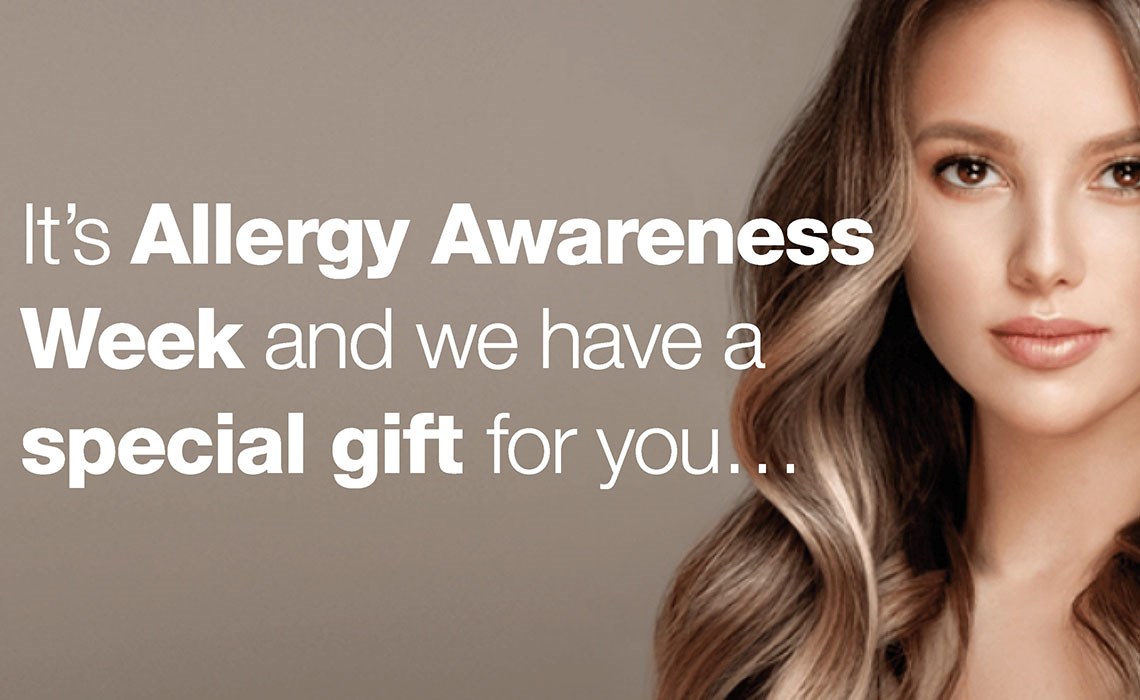It’s time to take allergy seriously!
Published date 24 April 2023

It’s Allergy Awareness Week and we have a special gift for you…
Today marks the start of Allergy Awareness Week, and whilst we are all in the business of making our clients feel fabulous, there’s also a huge responsibility that comes with hair colouring, and that’s managing risks of serious allergy.
So how do you deter your worst nightmare becoming a reality, and do you know how to tell whether a client is experiencing an irritation and an allergy to colour?
Well fear not, because the super generous people at TrichoCare Education are offering Alan Howard customers a place on its Hair Colour Allergy course, completely free, throughout Allergy Awareness Week. The course is usually £50, and upon completion you will be able to download an official TrichoCare Education certificate for 2 hours CPD, endorsed by the Association of Registered Trichologists.
The entire course is online and is delivered in a super easy-to-grasp format, which is broken down into modules. It’s a great refresher course for anyone that thinks they know it all, or a solid introduction to freshers who need to grasp the intricacies of hair colour and allergy – how it works, what causes it and how to help prevent it.
To take advantage of this free course, simply click here and use code AHHA2023. The only requirement is that you’ll need to start the course by midnight on Sunday 30th as this offer is only valid during Allergy Awareness Week.
In the meantime, here’s a taster of some essential hair colour allergy facts that every stylist should know…
- Mistaking an irritant reaction to an allergy can cause unnecessary stress. You can tell the difference. Knowing how is essential.
- An allergic reaction occurs when the body’s immune system attacks something it mistakes as harmful to the body.
- Hair colour allergy is one of fourth types of allergies and can take up to 96 hours to appear.
- Be aware of black henna tattoos – they often contain an excessive amount of PPD (in some cases up to 50%). Being exposed to this amount of PPD will increase the risk of an allergic reaction when using hair colour.
- It’s not just PPD that creates an allergy to hair colour, other chemicals including PTD, ME+ and PAP are part of the same family. If you are allergic to PPD you are very likely to be allergic to these other chemicals as well.
To safeguard against reactions, look out for Colourstart professional allergy screening. It’s a fully covered universal patch test for use across all colour brands and is the first clinically proven test for allergy to hair colour to be licenced by the Medicines and Healthcare products Regulatory Agency (MHRA).
Shop Colourstart in selected Alan Howard stores or online.
#itstimetotakeallergyseriously

Comments
There are currently no comments, be the first to comment.